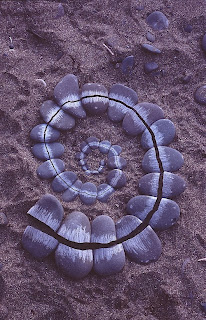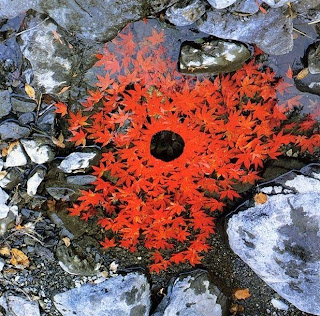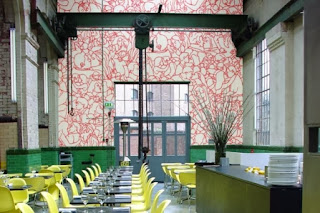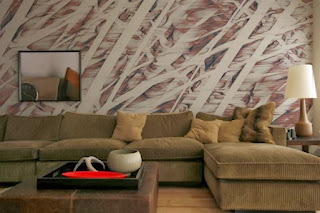Based on the theme of Order and Chaos, I have thought of some more thinking points:
- Ordering chaos
- Creating chaos
- Order within chaos
- Making order chaotic


I would like to take inspiration from the way he works and bring it into my own practice. For example, one way that I could do this by creating a chaotic piece of work and cutting it up to order it.
This week I also looked into what objects in nature inspire me, and I started looking at the Pinecone, because I have had one sat on my desk for months. I found it on Formby beach and I knew that I loved it but didnt know what to do with it, and now it seems to fit in perfectly. When I started to draw and observe the object, I began to understand even more how beautiful and symmetrical it was!
I therefore did some research into this and found out about Fibonacci's Sequence, which are numbers that occur in nature. They often appear as a swirl and can be seen everywhere; in leaf arrangements, scales of a pineapple and the brackets of a pinecone.

I am really interested by the mathematical side of nature, and the symmetry involved in it. I think I will also experiment with media during the christmas break, to investigate order and chaos more thoroughly. I aim to have research and drawings from this, as well as the nature part of the brief, and I intend to then try to mix the two together using various methods when I have a body of visual research to work with.






















































